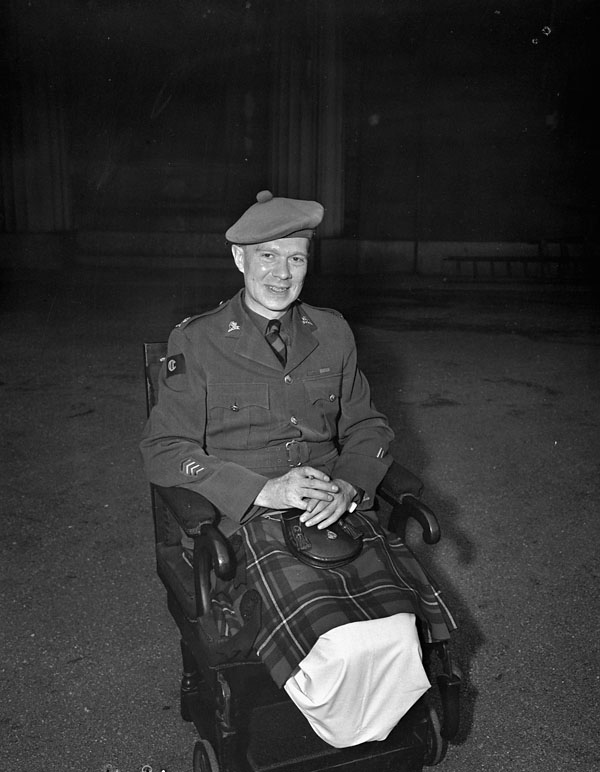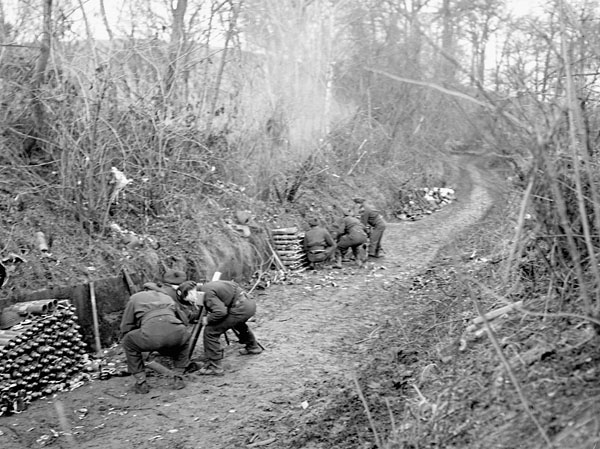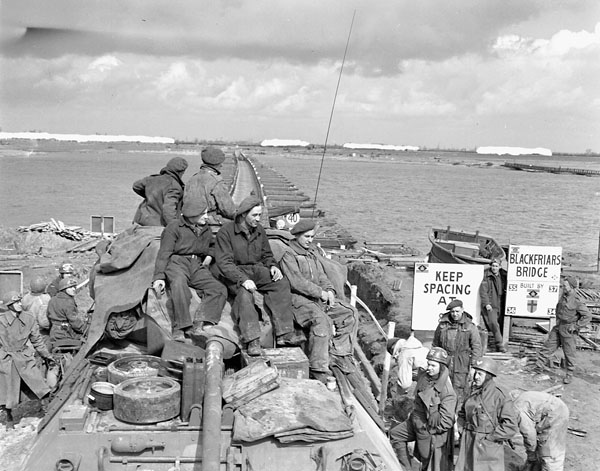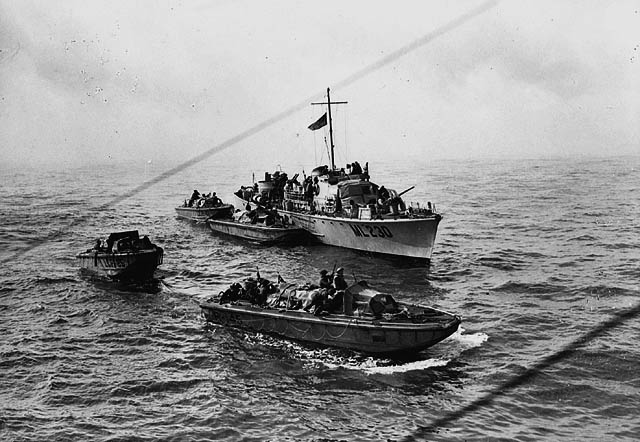Frederick (“Fred”) Albert Tilston, VC, pharmaceutical salesman, army officer (born 11 June 1906 in Toronto, ON; died 23 September 1992 in Toronto). During the closing battles of the Second World War in the Rhineland, Tilston’s courage and example to his men under fire resulted in the award of the Victoria Cross. Although he lost both his legs and an eye in the war, he survived and went on to become a CEO and advocate for the War Amps of Canada.

Early Life and Education
Fred Tilston was the son of Frederick and Marie Agnes Estelle Tilston (née Lemay) and was educated at De La Salle College, a private high school in Toronto. When he was 11 years old, his father died, so he took part-time jobs to help support his family.
Tilston graduated from the Ontario College of Pharmacy and the University of Toronto in 1929. He joined Sterling Drug, a pharmaceutical company, as a salesman and later became the company’s sales manager in Windsor, Ontario.
Second World War
Fred Tilston joined the Canadian Army in 1940 as a private and was soon promoted sergeant. After officer training in Brockville, Ontario, he was commissioned as a 2nd lieutenant in the Essex Scottish Regiment, a Windsor-based infantry battalion.
The Essex Scottish had been mobilized on 1 September 1939 and sailed to Britain in the summer of 1940 as part of 2nd Canadian Infantry Division. Tilston joined his unit in Britain shortly after the disastrous Dieppe Raid of 19 August 1942. (Of 553 officers and men of the battalion who took part, only 51 returned to Britain.)
In December, Tilston was injured in a live fire exercise. He was shot in the back, the bullet passing through a lung and entering the membrane around his heart. It took a four-month recovery before Tilston could rejoin the Essex Scottish.
Tilston landed in Normandy with his unit in July 1944. During the fighting around Falaise in August, he was riding in a jeep when it struck a landmine. He had a concussion, damaged eardrums and shrapnel splinters in his right eye. After treatment, he rejoined his battalion two months later.

Rhineland Offensive
By February 1945, the Allies were ready for the final major offensive of the war to push the Germans back across the Rhine River. The Essex Scottish entered the Battle of the Rhineland on 19 February. In the morning of 1 March, during Operation Blockbuster, the battalion took part in a divisional attack against heavily defended positions in the northern part of Hochwald Forest.
On the battalion’s left flank, Tilston, now a major, led C Company to the first line of German trenches along the edge of a forested area. The soldiers crossed 500 metres of open ground in the face of intense small arms and machine-gun fire. Tilston kept his men close behind the advancing artillery barrage for maximum protection.
As Tilston crossed the open ground, he was wounded in the head but continued to lead his men forward through three metres of barbed wire. When his left-hand platoon came under heavy fire from a machine gun, he ran forward, threw a hand grenade and knocked it out. Tilston was the first one into the enemy trenches.
Tilston left his reserve platoon to mop up this position and carried on with his two other platoons towards the woods and the second line of German defences. As he did so, he was severely wounded in his thigh but shouted to his men to carry on. He managed to get back on his feet and rejoined his soldiers as they reached the enemy trenches.
The German position consisted of an elaborate system of trenches and underground dugouts that were manned in considerable strength. Vicious hand-to-hand fighting followed. Despite his wounds, Tilston continued to lead his men as they systematically cleared the trenches. During the fighting, the headquarters of two companies of German paratroopers were overrun.

By now, Tilston’s company had been reduced to 26 men, about one-quarter of its original strength. Before he could consolidate his men on this position, however, the Germans counterattacked repeatedly, supported by machine guns and mortars.
Tilston inspired his men by his confidence, moving across open ground from platoon to platoon to organize his defence. On six occasions, he also braved enemy fire to get essential ammunition and grenades from A Company on his right flank.
On his last trip, Tilston was wounded again when a mortar round blew one of his legs off below the knee and shattered the other. Barely conscious and in extreme pain, he refused medical aid until he had briefed his one remaining officer on the plan of defence and the importance of holding the position. Once he did this, he handed over command and allowed himself to be evacuated to a forward dressing station.
Tilston was then sent to a Canadian military hospital in Britain, having lost both legs and an eye. His calmness, courage and disregard for his personal safety inspired his men to stand firm and resulted in the award of the Victoria Cross. Tilston received it from King George VI at Buckingham Palace on 22 June 1945.
Post-War
On his return to Canada, Fred Tilston married Helen Adamson in 1946; they had one son. After learning to walk again, he became an enthusiastic horseman, white water canoeist, and fisherman. Tilston returned to Sterling Drugs and rose to be president and then CEO and chairman of the board. He joined the War Amps Southwestern Ontario Branch and remained a prominent member until his death. Tilston also became honorary colonel of his old unit, which had been renamed the Essex and Kent Scottish Regiment.
Legacy
The Major FA Tilston VC Armoury in Windsor, Ontario, and the Col. Fred Tilston VC Branch of the Royal Canadian Legion in Aurora, Ontario, are named after Frederick Tilston. The Faculty of Pharmacy at the University of Toronto awards the Colonel F.A. Tilston Admission Scholarship, established by Tilston, to deserving incoming students. In Aurora, Ontario, St. Andrew’s College gives out annual Tilson Awards for effort, persistence and tenacity.
Tilston’s Victoria Cross is held by the Royal Canadian Military Institute in Toronto.

 Share on Facebook
Share on Facebook Share on X
Share on X Share by Email
Share by Email Share on Google Classroom
Share on Google Classroom






